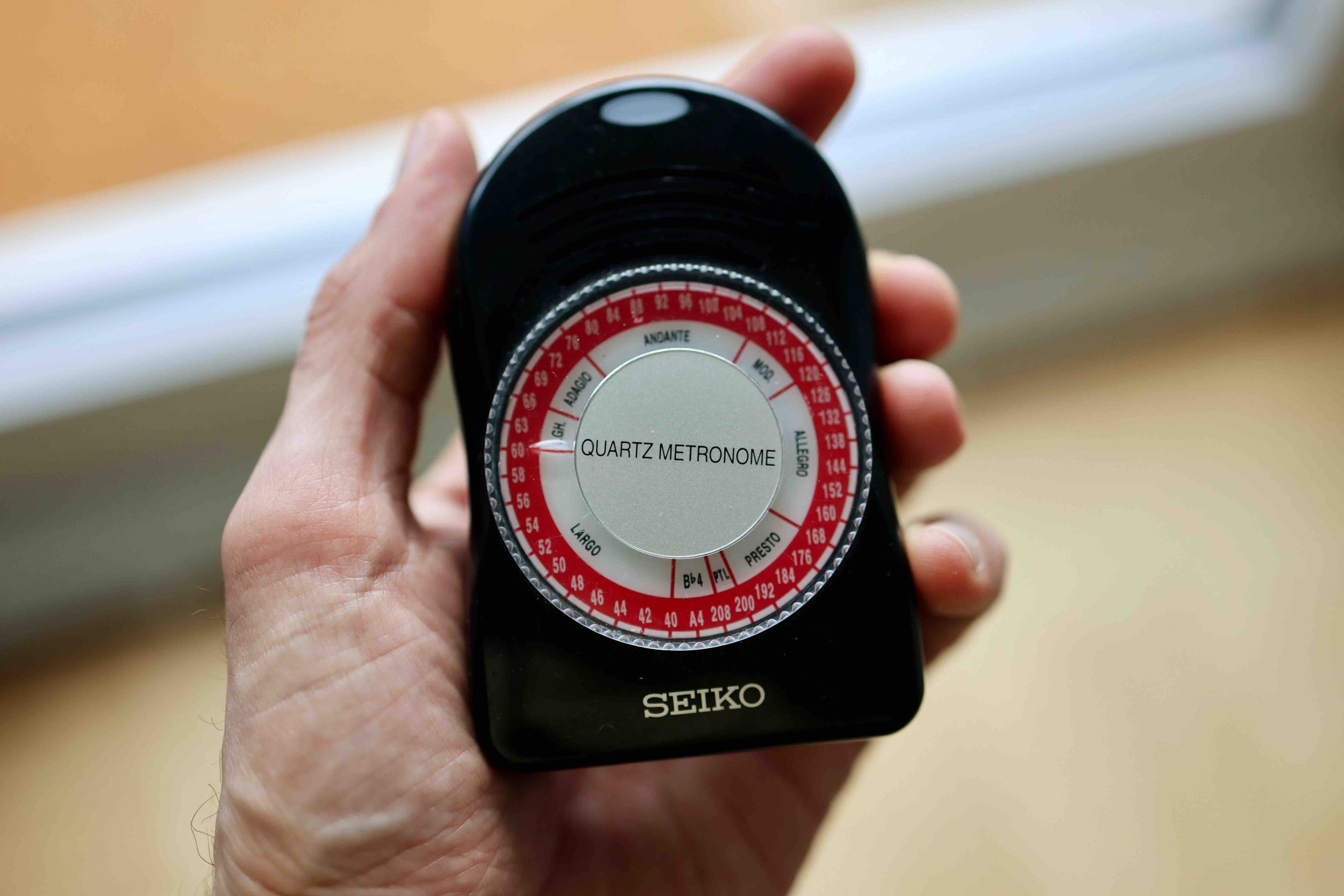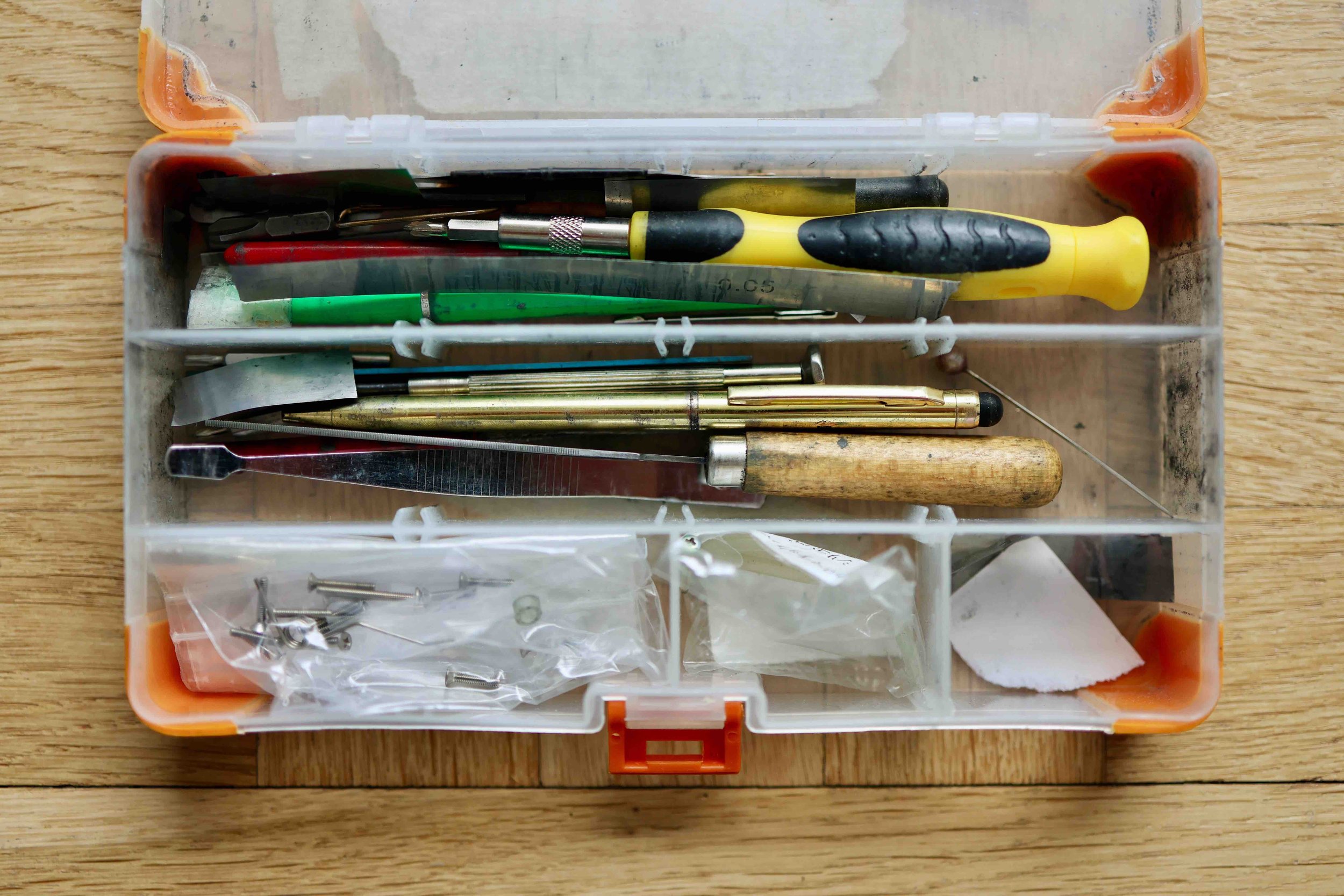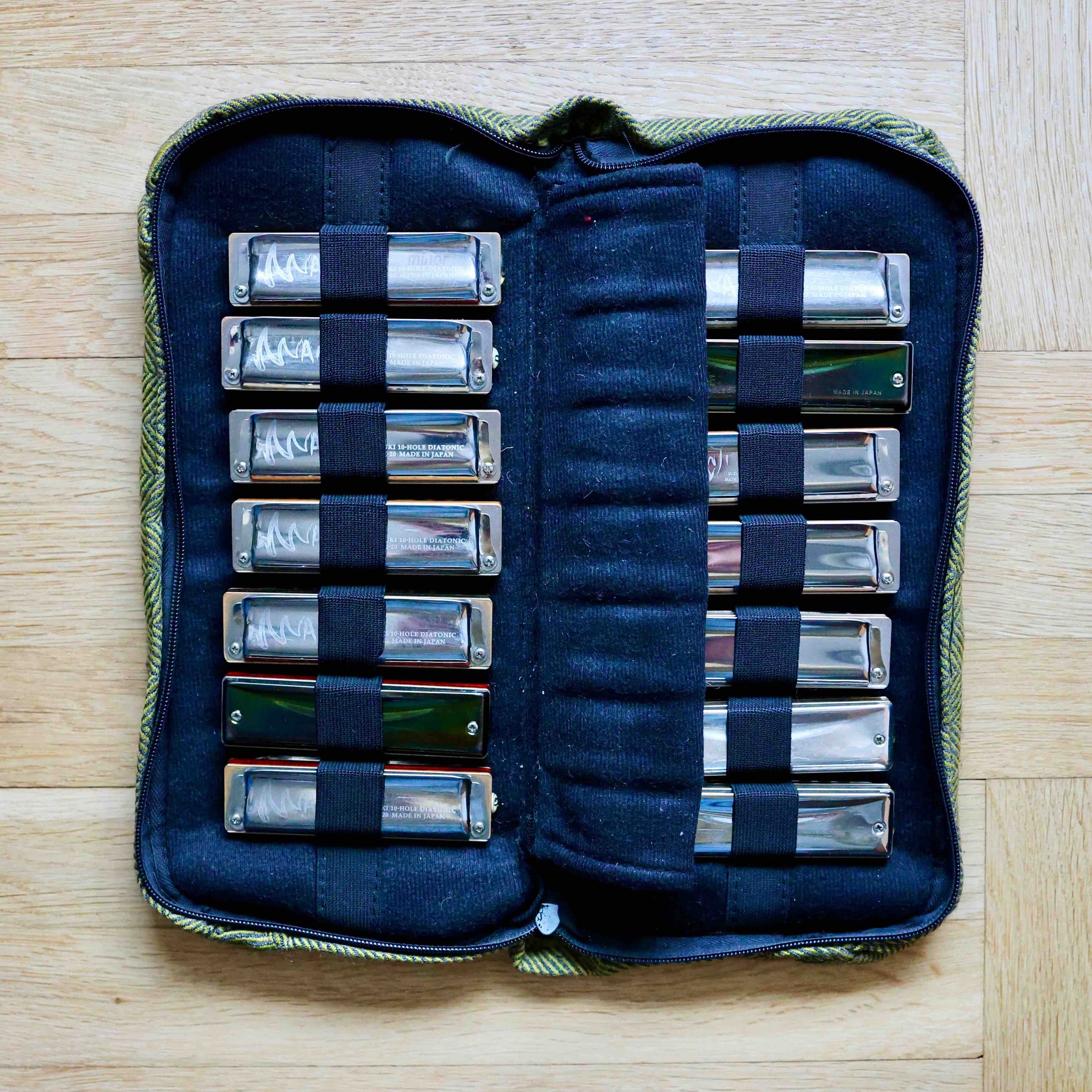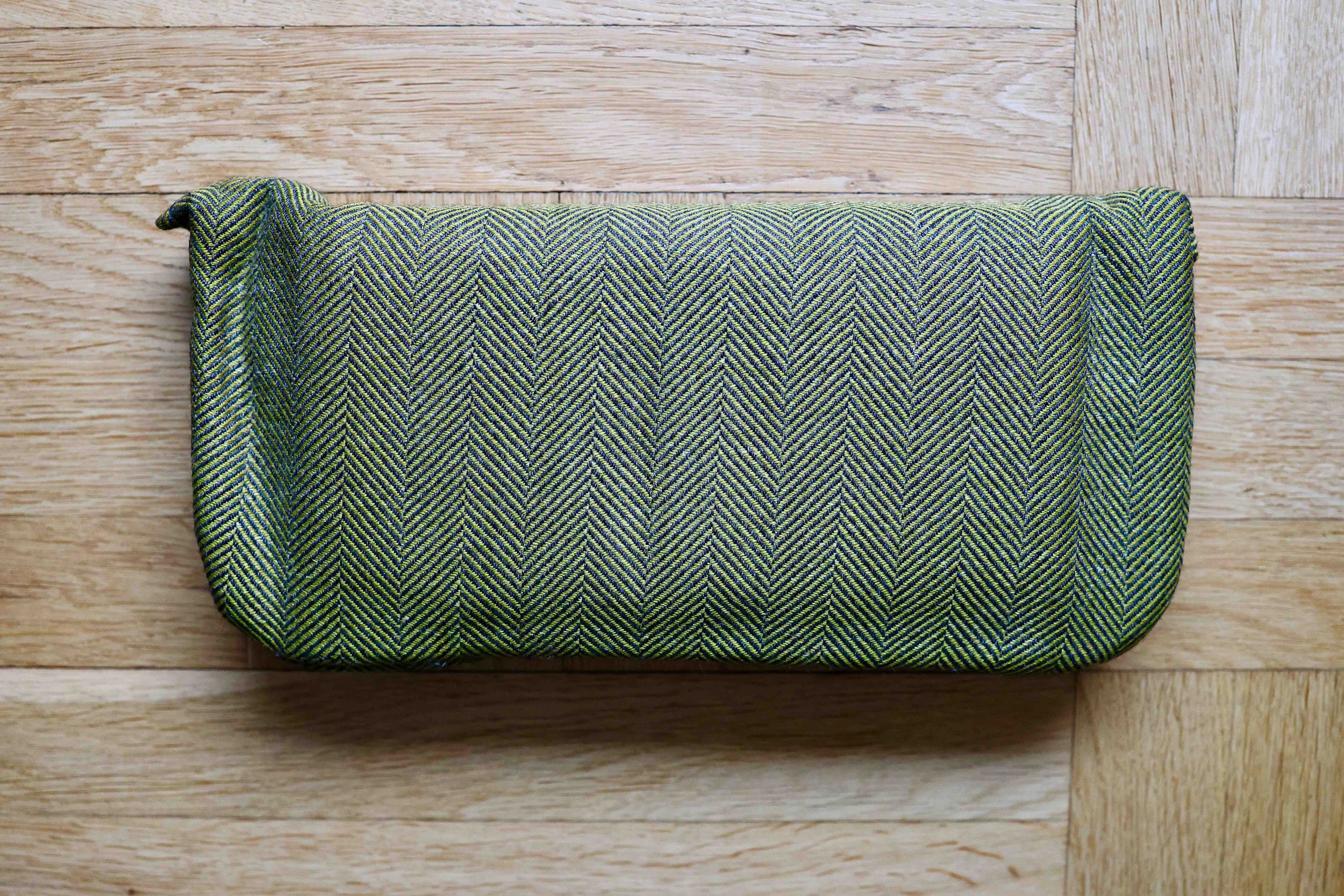Harmonica Gear I Recommend
As a harmonica player, having the right gear can make a significant difference in your practice, performance, and overall enjoyment. Over the years, I've found some tools to be indispensable. Here's a rundown of the harmonica gear I wholeheartedly recommend:
Metronome
For keeping time, I rely on the Seiko SQ 50V metronome. It's an excellent little device, so much so that I own three! One in my music room, another in my gig bag, and the third in my rehearsal space. It’s compact, easy to use, and simply gets the job done. While your smartphone undoubtedly has a metronome app, I find that using a standalone device significantly improves focus and productivity – at least it does for me. A smartphone can easily become a source of distraction with its constant notifications, calls, and buzzes.
Tuner
My go-to tuner is a simple and small Korg that I bought over 20 years ago. The model name has long since worn off, but it still works reliably. I also use the iStrobosoft app on my iPhone, which is a truly excellent application. It might seem a bit complex at first, but it becomes easy to understand after a short while. Before discovering this app, I used a large strobe tuner, but I've found that iStrobosoft is just as accurate and much more portable.
Heating Pad
If you play the chromatic harmonica, a heating pad is my number one tip. Use it to warm up your harmonicas before playing – the valves will respond and work much better. Afterward, use it to dry out the instruments. I typically set mine to a low/medium setting and let the harmonica sit there for 5-10 minutes. Sometimes, during practice, I rotate between harmonicas. The one I've just used goes back on the heating pad to dry, ensuring it's ready for its next turn. You can also benefit from a heating pad with diatonic harmonicas. A warm harmonica (not too hot, of course) is much more comfortable in the mouth than a cold one. And you can certainly use the drying technique after playing diatonics as well. Just leave them on the pad for about 5 minutes after your session, then turn it off and let them cool down.
Tool Kit
My advice here is to buy a tool kit from the harmonica manufacturer whose instruments you primarily use. This will give you a solid foundation to build upon. My own kit has evolved over 20 years. I use both stock tools and hand made custom tools. I carry a basic set of tools to every concert but always adapt and update it as needed. This topic deserves its own dedicated post, but in general, I always bring the following to every performance:
Screwdriver(s) – always bring spares!
Reed lifter/support
Reed plinker
Metal shims
File or scraper for tuning
Slide oil
And when I'm heading out on tour, I also add:
Valves, buffers, springs
Spare mouthpiece screws
Brace wax (for diatonic customizing)
Harmonica Case
Stock cases are generally good, but if you own a significant number of diatonic harmonicas or more than a few chromatics (say, two to four), investing in a custom case is a must. Thankfully, there's a wide variety of cases and bags available today, both soft and hard. For my diatonics, I use a soft case from HarpOnline (now made by Seydel) that comfortably holds 14 instruments. For my chromatics, I use a Laelaps case that accommodates two. I used to have a hard-shell case for three chromatics, but the foam fell apart, so I replaced it. I attempted to put in new foam, but the smell was unbearable. I also usually bring one or two extra chromatics in their original stock cases. Suzuki makes excellent hard-shell plastic cases, which are worth considering.
Portable Handheld Field Recorder
Currently, I use a Tascam DR-40X. Having a portable recorder like this is invaluable for both productivity and creativity. I use it to record rehearsals, concerts, YouTube and Patreon lessons, and my own practice sessions. The Tascam offers the flexibility of using its internal microphones or connecting a mixer via the XLR/TRS combo inputs. I can then record locally, send the audio via the line out, or directly connect via USB to my smartphone. It’s such a neat and incredibly useful tool for any musician – highly recommended.
Shure SM58 Microphone
This is simply the microphone you should buy as a harmonica player. It delivers a fantastic sound that every sound engineer recognizes and knows how to mix, it’s comfortable to hold, works perfectly on a stand, boasts an iconic look, and importantly, it’s both affordable and incredibly durable. It delivers a clean, acoustic and natural sounding tone from the harmonica that I really like.
Shure A85F
From Shure's website: “The Shure A85F is a low-to-high impedance microphone-matching transformer used to connect a balanced low-impedance microphone output to an unbalanced high impedance input on a mixer or recorder.” In practical terms, this means you can connect your SM58 microphone to virtually any input. While using the XLR jack on a mixer or audio interface is always the preferred method, this transformer is essential if you need to connect to a jack input – for example, when plugging into guitar effects pedals like reverb units.
I hope this overview of my recommended harmonica gear is helpful for you!
Let me know if you have any questions or ideas for other good gear to have.
Best,
Filip









